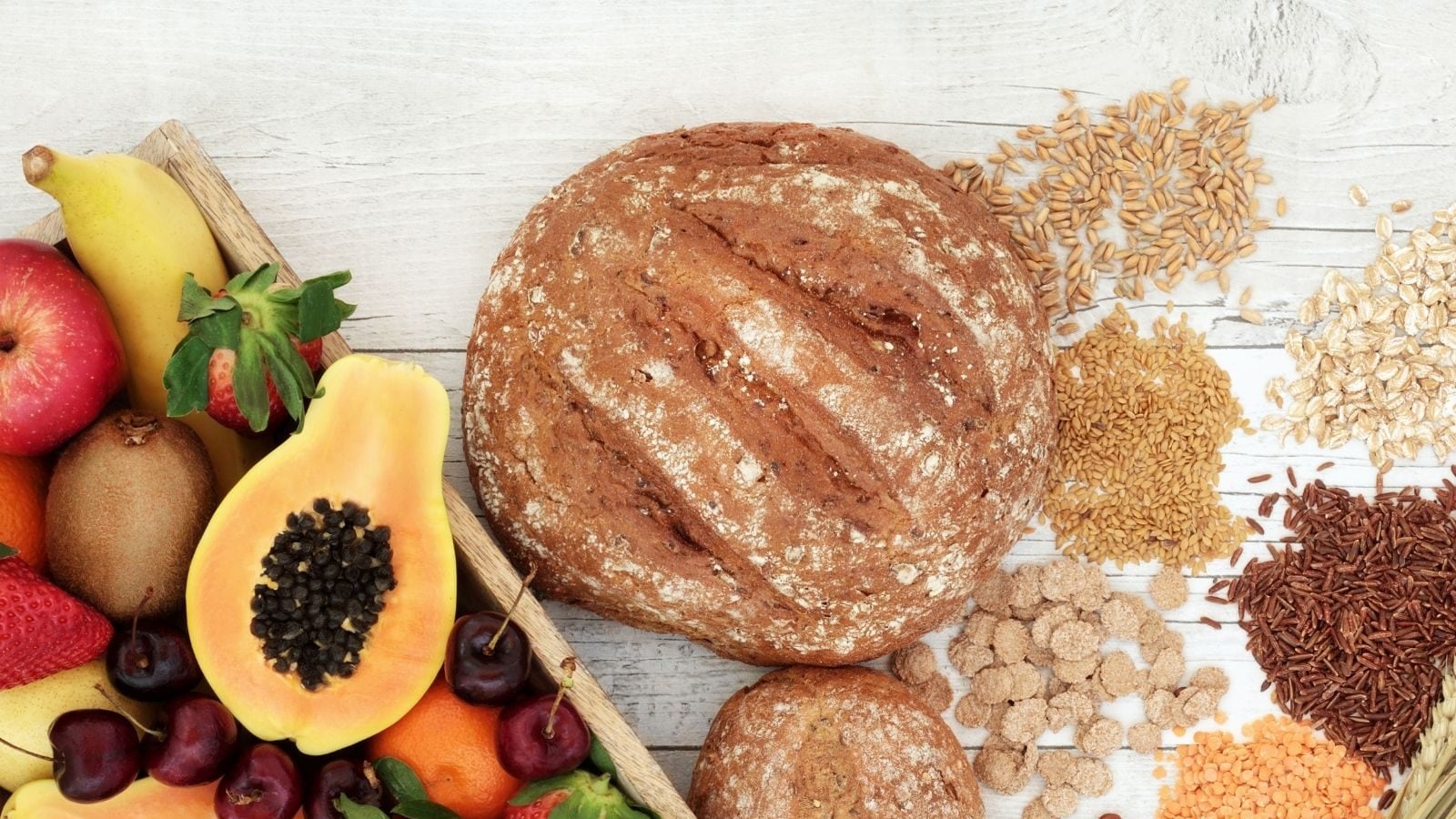Effective Dietary Advice for Diabetic Patients to Control Blood Glucose
Those suffering from type 2 diabetes have blood sugar or glucose levels higher than normal. This is mainly increased due to carbohydrates foods like bread, cereals, rice, pasta, fruits, milk, and desserts. Hence, diabetic patients must keep a check on the amount of carbohydrate, cholesterol, and salt consumption to help optimise glycemic control, lipid (cholesterol), and blood pressure control. The eating chart of such patients should focus on the amount and the type of carbs that they consume throughout the day. However, it is also important for them to enjoy the foods that they eat.
Here is some dietary advice that can help keep their blood sugar in control.
1. Keep a check on daily calorie intake as well as carbohydrate consumption
Diabetic patients must prepare a diet chart so that they can monitor their daily calorie intake as well as carbohydrate consumption. The normal weighted diabetic women with BMI 18-23kg/m2should consume an average of 1,200–1,500 kcal per day, while for men, the calorie intake should be 1,500–1,800 kcal. However, those who are overweight must consume a 500–750 kcal/day energy deficit dietary plan. Also, they must minimise the consumption of refined carbohydrates such as white flour, white rice and “low-fat” or “non-fat” food products with high amounts of refined grains, table sugar and sugar-sweetened beverages like soft drinks. As per the WHO recommendations, the sugar intake should be restricted to 25 grams per day for an average-sized person.
2. Check the GI of the foods before consumption
Glycemic index (GI) is the quantitative assessment of the post-meal blood glucose response of certain foods i.e, the higher the glycemic index, the greater is its ability to raise the patients’ blood glucose. Foods with a GI over 70 are referred to as high glycemic, which has the fast release of carbohydrates and higher post-meal blood glucose response while foods with a GI of 55 or less are referred to as low glycemic that has a slow release of carbohydrate and lower post-meal blood response.
3. Include fibre and protein in your diet
Dietary fibres are the non-digestible carbohydrates that cannot be broken down in the upper food tract and hence, reduce the GI of foods. High dietary fibre intake decreases the future risk of type 2 diabetes by 20–30 per cent and lowers the post-meal glucose excursion.
Protein ingestion stimulates insulin secretion and causes a decrease in post-meal glycemic response. Dietary protein like leucine, when ingested along with glucose, helps in reducing the post-meal glycemic response by 50 per cent. In diabetic patients without diabetic kidneys, the average daily protein intake should be up to 1–1.5 gm/kg body weight per day or 15–20 per cent of the total calories, while those with diabetic kidney disease should be restricted to 0.8 gm/kg body weight per day.
Read all the Latest News, Breaking News and Coronavirus News here
For all the latest lifestyle News Click Here

